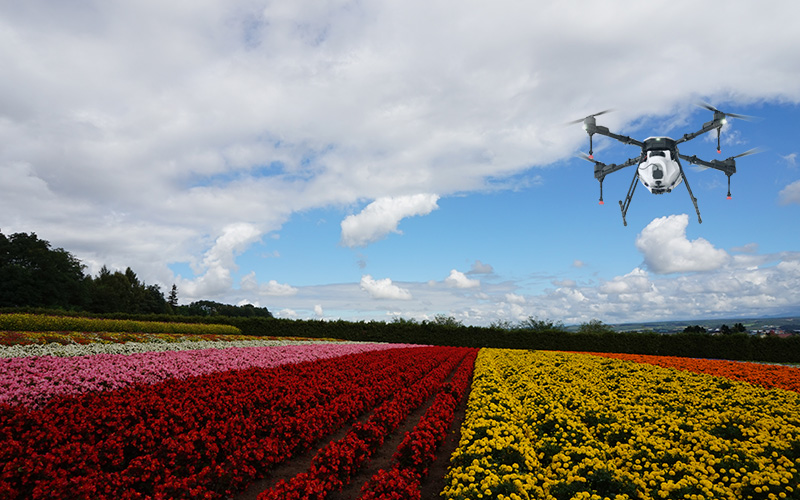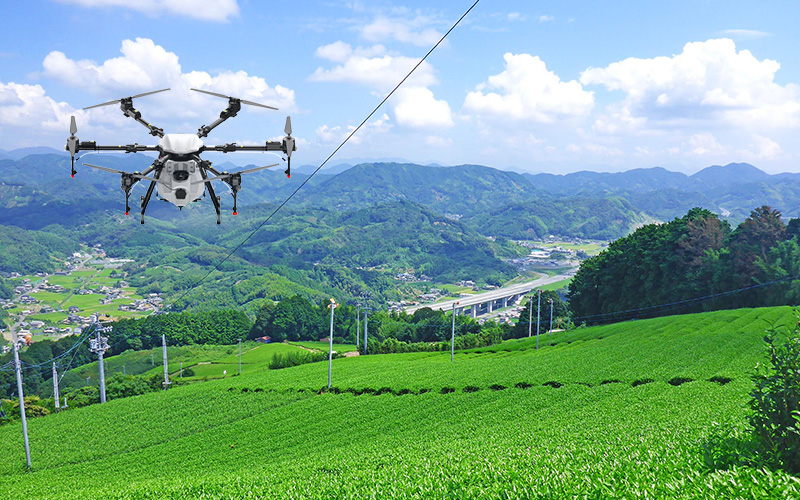Agricultural drones for crop monitoring are UAVs equipped with various sensors and cameras, designed to collect data on crop growth, health, and environmental conditions. TZX agricultural drones have revolutionized the way farmers monitor their crops, providing real-time information that helps in making informed decisions and improving agricultural productivity.

Key Features and Capabilities
High-Resolution Imaging: Agricultural drones are equipped with high-resolution cameras that capture detailed images of crop fields. These images can be used to assess crop health, identify pests and diseases, and monitor growth stages.
Multispectral Imaging: Many drones are capable of multispectral imaging, which involves capturing images in multiple wavelengths of light. This allows farmers to analyze the reflectance of different wavelengths and assess crop health based on chlorophyll content, water stress, and other indicators.
Real-Time Data Collection: Drones can collect data in real-time, providing farmers with immediate information on crop conditions. This allows for quicker response to problems, such as pest outbreaks or nutrient deficiencies.
Precision Mapping: Using GPS and other navigation systems, drones can create precise maps of crop fields. These maps can be used for planning, resource allocation, and yield estimation.
Automated Flight and Data Processing: Many agricultural drones are equipped with automated flight and data processing systems, making them easier to use and reducing the need for specialized training.
Applications in Crop Monitoring
Crop Health Monitoring: Drones can be used to monitor crop health by capturing images and analyzing them for signs of stress, disease, or nutrient deficiencies. This information can be used to target treatments and improve crop yields.
Pest and Disease Detection: By capturing images of crops and analyzing them for irregularities, drones can detect early signs of pest infestations or diseases. Early detection allows for timely treatment, reducing crop loss and the need for pesticides.
Soil and Water Management: Drones can measure soil moisture levels and other soil properties, helping farmers optimize irrigation and fertilizer use. They can also monitor water bodies and drainage systems, ensuring that crops have access to the right amount of water.
Yield Estimation and Harvest Planning: Using data collected by drones, farmers can estimate crop yields and plan harvests more accurately. This helps in managing resources and reducing waste.

Benefits of Using Agricultural Drones for Crop Monitoring
Increased Efficiency: Drones can cover large areas quickly, reducing the time and labor required for crop monitoring.
Improved Accuracy: High-resolution and multispectral imaging provide farmers with more accurate information on crop health and environmental conditions.
Cost Savings: By optimizing resource use and reducing the need for pesticides, drones can help farmers save money.
Environmental Benefits: Reduced pesticide use and more efficient water management contribute to environmental sustainability.
